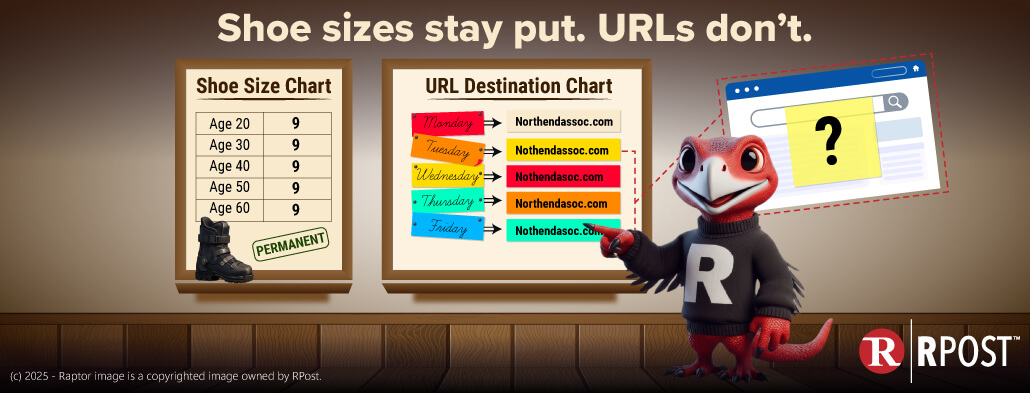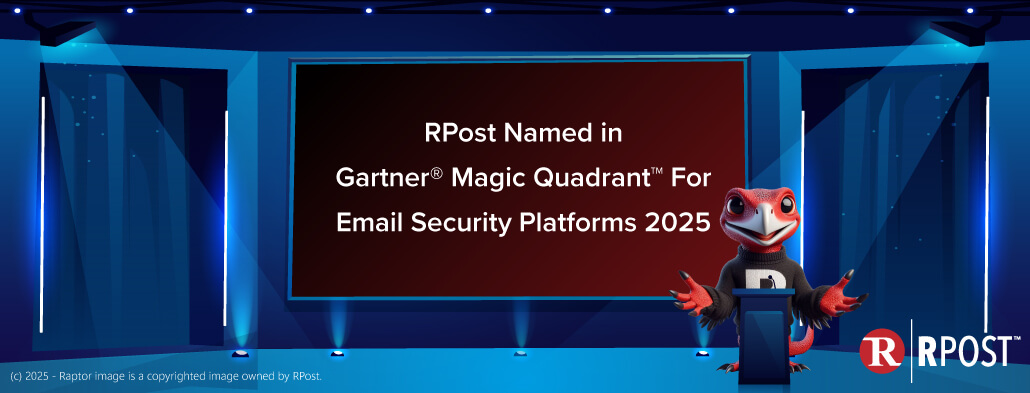
Dr. Suess created that grey fuzzy-haired creature many years ago, the Grinch, who stole Christmas. While not quite as cute and fuzzy as the Grinch, today’s cybercriminals are posing as a similar sounding nefarious activity, the Glitch.
Here’s how cybercriminals are foiling today’s 2FA (two factor user log-in authentication) for email to gain access to your email account. (Note, there are a variety of iterations – below is a shortened version of one recently reported by our customers).
What makes this even trickier, there are many iterations of the above that cybercriminals employ --- tactics that are even too confusing to explain to people, let alone train people to watch for.
Well, we know what does work --- RMail PRE-Crime™ Email Eavesdropping™ detection service and RMail Lookalike Domain™ alerts will pre-empt this type of cybercrime before the steal. These can easily be installed into one’s Microsoft Outlook or connected to one’s email gateway.
Let us know if you’d like more information on these PRE-Crime™ services by RPost. Contact RPost here.

January 05, 2026

December 26, 2025

December 19, 2025

December 12, 2025

December 05, 2025